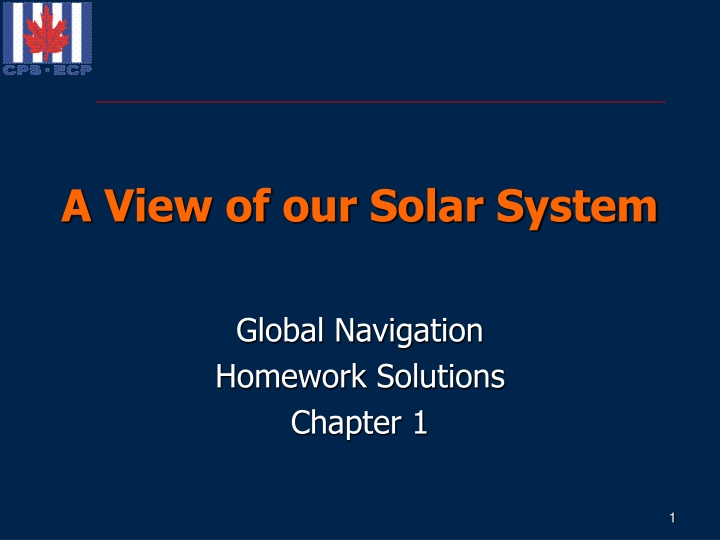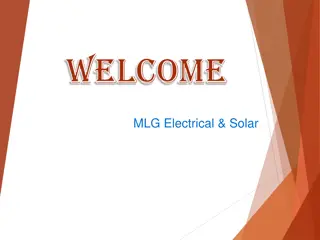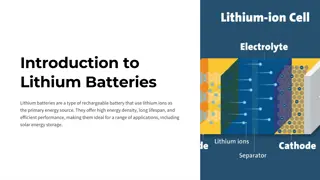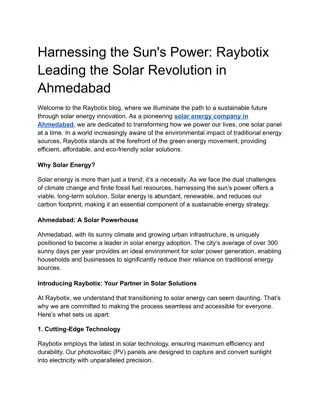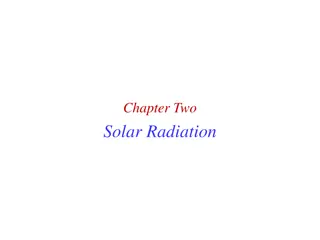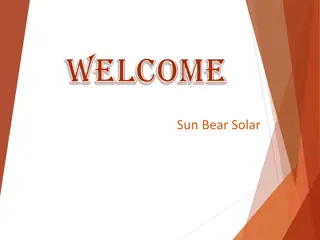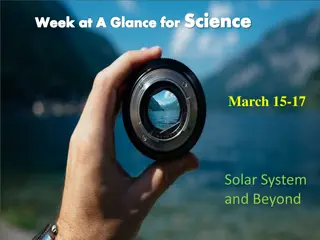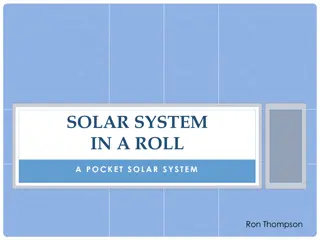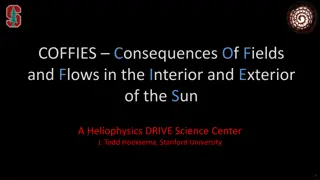Navigating Our Solar System
Delve into the fundamentals of our solar system's celestial dance, explore planetary orbits, and unravel the mysteries of Earth's cosmic neighbors. Dive into practical exercises and celestial queries to expand your cosmic knowledge.
Download Presentation

Please find below an Image/Link to download the presentation.
The content on the website is provided AS IS for your information and personal use only. It may not be sold, licensed, or shared on other websites without obtaining consent from the author.If you encounter any issues during the download, it is possible that the publisher has removed the file from their server.
You are allowed to download the files provided on this website for personal or commercial use, subject to the condition that they are used lawfully. All files are the property of their respective owners.
The content on the website is provided AS IS for your information and personal use only. It may not be sold, licensed, or shared on other websites without obtaining consent from the author.
E N D
Presentation Transcript
A View of our Solar System Global Navigation Homework Solutions Chapter 1 1
Learning Objectives Understand the fundamentals of how the earth and the four navigational planets orbit the sun, and how the moon orbits the earth. Understand how this activity results in the apparent motions of the stars, the planets, the moon and the sun as seen from earth. Understand what is meant by the First Point of Aries Understand sidereal hour angle (SHA) of a star, and how to determine the GHA of the star from its SHA. Understand the difference between "solar" and "sidereal" time.
Practical Exercise 1. Follow the Student Manual for guidance.
Question - 2 The stars, planets, moon and sun appear to rise in the east and set in the west about 12 hours later. This is primarily due to: a) the earth's orbit around the sun. b) the effect of the ecliptic. c) the earth's rotation about its axis. d) Haley's Cornet. Ref: 18
Question 3 What are the four navigational planets? Venus, Mars, Jupiter, Saturn Ref. 14 5
Question 4 The moon takes about 28 days to orbit the earth, and we always see the same face or side of the moon. How long does it take the moon to rotate on its axis? a. It does not rotate b. 24 hours c. 28 days d. 365 days Ref : 15 6
Question 5 Unlike the sun, moon and planets, the stars stay in essentially the same position relative to each other. a. True b. False Ref. 18 7
Question 6 The first point of Aries is: a. The apparent position of the sun in the heavens at the vernal equinox. b. only important if you were born in March or April. c. the apparent position of the sun in the heavens at the autumnal equinox. d. the apparent position of the sun in the heavens at either the summer or winter solstice. Ref 25 8
Question 7 We can observe Aries with our sextant and determine an LOP from it. a. True b. False Ref. 25 9
Question 8 The sidereal hour angle, SHA, of any given star is essentially constant. a. True b. False Ref. 27 10
A View of our Solar System End of Chapter 1 11
